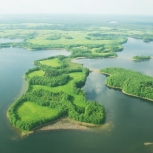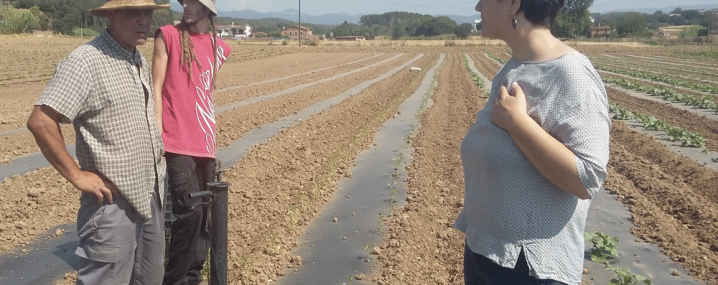
Molėtai
The Lithuanian town of Molėtai has around 6,300 inhabitants but has called itself a city since 1956, after it was rebuilt following a major fire in 1949. Built on the banks of the Siesartis River, it is one of the oldest settlements in Lithuania, and a popular weekend resort for people living in Vilnius, 60km to the south, and Utena, 30km to the north. With its 220 lakes, natural forests and unspoilt environment, the Molėtai region depends heavily on tourism. It is visited by some 150,000 tourists a year, and there are many second homes in the region. Part of its territory falls within the Asveja and Labanoras regional parks. It has a reputation as one of the cleanest areas of Lithuania.
Local government policy aims to improve the standard of living in the region by supporting and promoting small-scale family businesses. It recognises a need to apply new ideas to the local environment in order to diversify the rural economy and provide modern services, as well as to promote healthy living. The main emphasis of the region’s development is on tourism, recreation and environmentally friendly living. Tourists are welcomed in local homesteads where they can sample activities such as bread-making, pottery or lake trips. There are museums dedicated to local traditions such as fishing and glass-making.
The lack of light pollution in this natural environment has made it a perfect location for the Molėtai Astronomical Observatory, built in 1969 on a hill 10km outside the town. The observatory is run by the Vilnius University Institute of Theoretical Physics and Astronomy, and attracts many international astronomers as well as tourists and schoolchildren.
SOME RELATED NETWORKS
Diet for a Green Planet
Article



